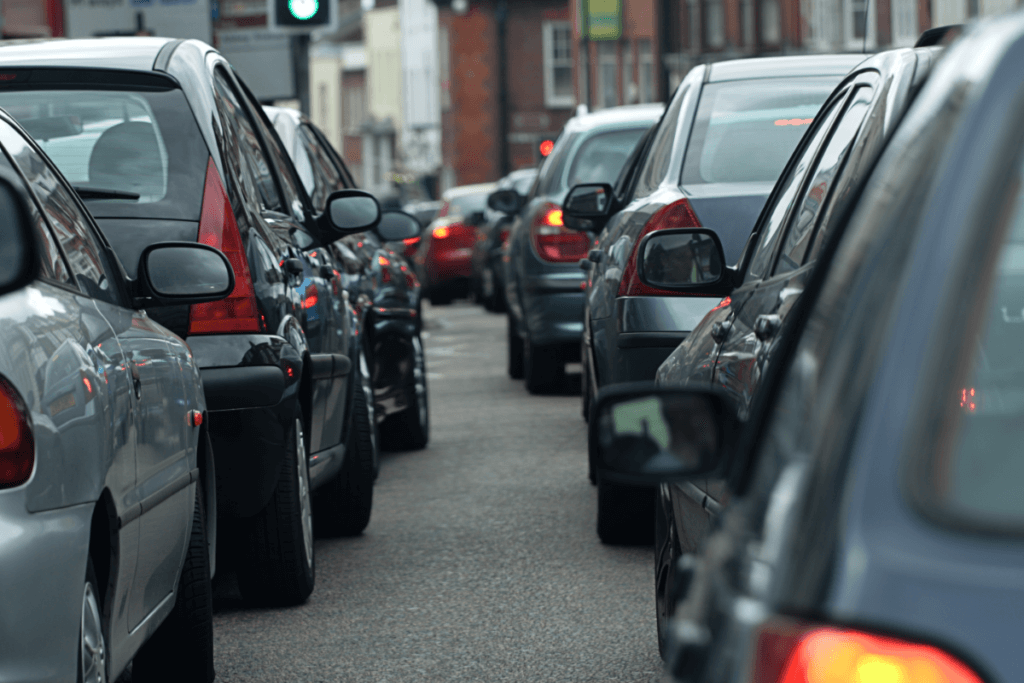It is unfortunate that so many commuters start and end their workdays with rush-hour stress. For many Houstonians, there is no avoiding the congestion clogging the city’s roads from – typically – 7:00 to 9:00 every morning and 4:00 to 7:00 every evening. Mass transit is just not an option…
Read MoreBlog
Category: Car Accidents
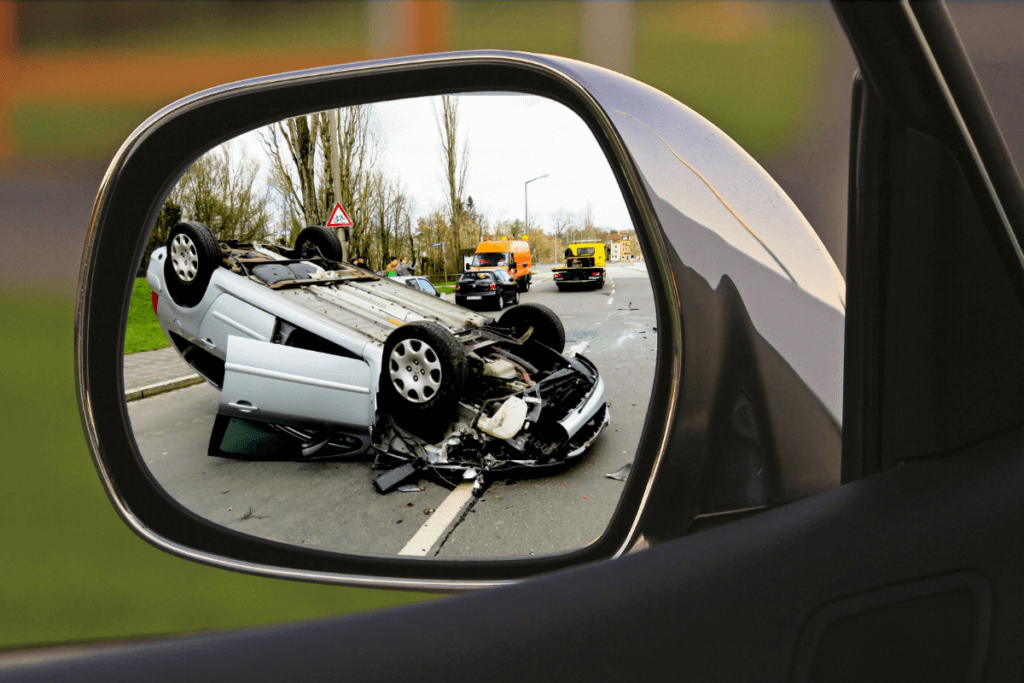
Bodily injury resulting from a car accident refers to the physical harm you sustain in the collision. These injuries can vary in severity, with some not being obvious right away. Bodily Injury Coverage in Texas All Houston drivers are required to have liability insurance coverage. The minimum requirements are: $30,000…
Read More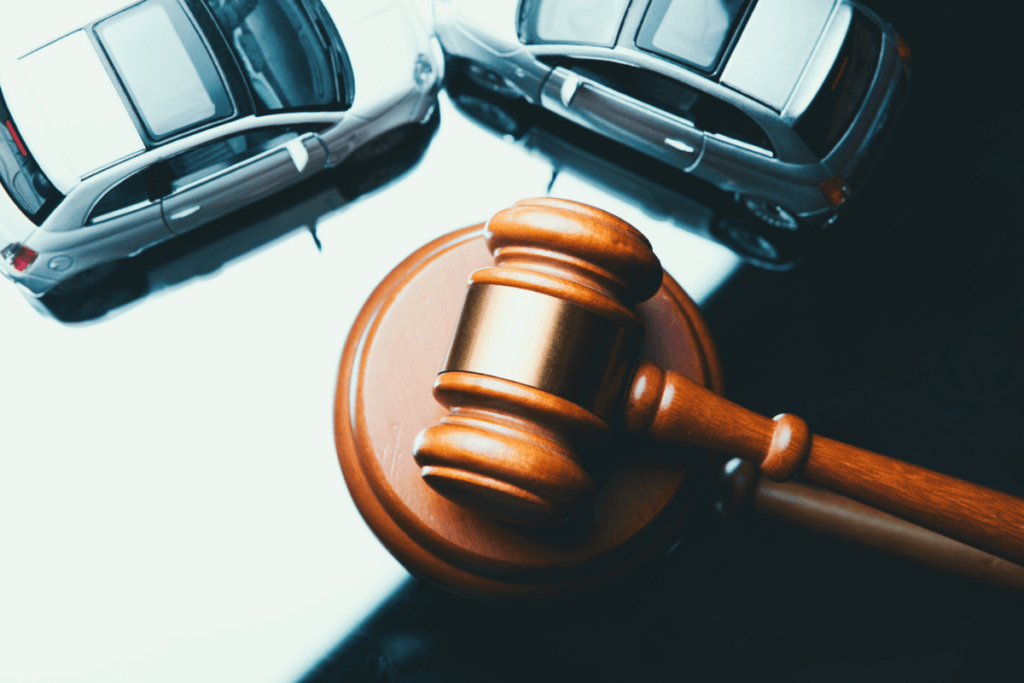
Even long-time drivers can be at risk of a car crash that can cause physical and financial stress. If you have been involved in a wreck, it is important to understand Texas car accident laws, how they work, and what you should know to protect your rights. After you have…
Read More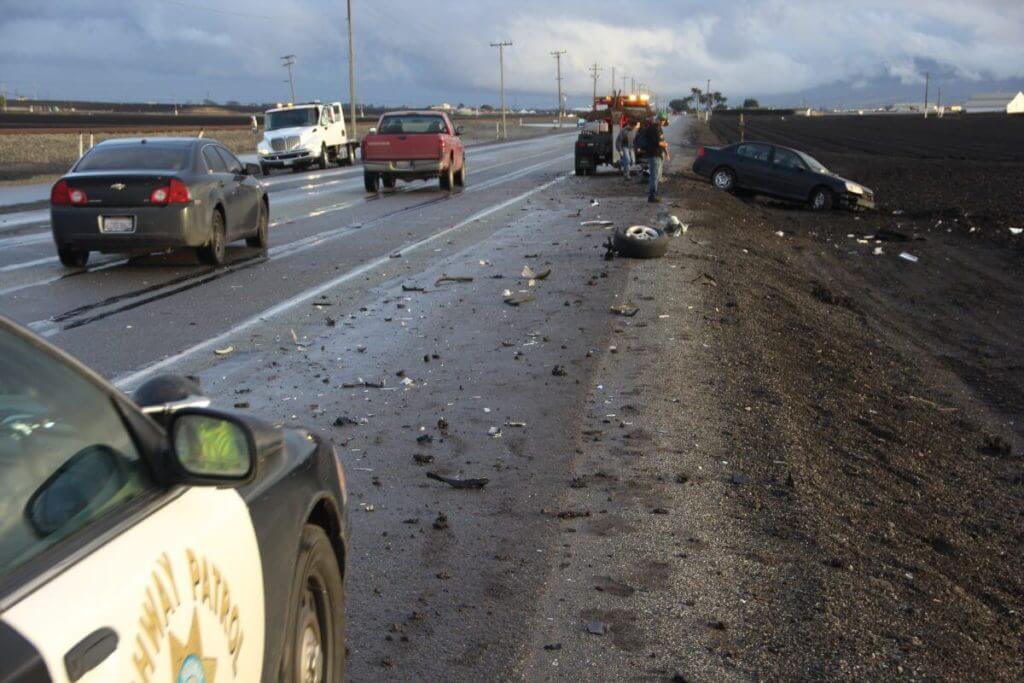
Nearly everyone has heard the impressive sound of sirens on fire trucks, police cars, and ambulances. Despite this, many people are unsure exactly how to share the roads with these vehicles. Move Over Laws dictate what actions motorists are required to take when emergency vehicles are on the roads. Knowing and abiding by these laws is incredibly important because they help prevent collisions between first responders and passing motorists.
Read More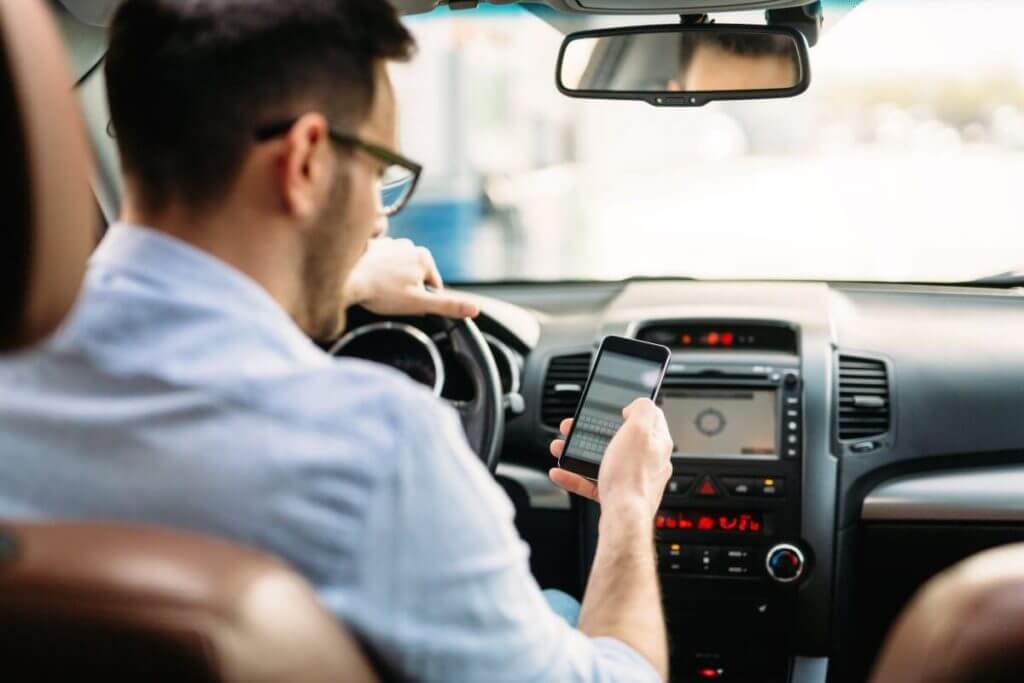
By now, we all know distracted driving is dangerous. But what exactly is considered distracted driving? Distracted driving is the performance of any action that takes a motorist’s attention away from the road. This can include anything from simply being lost in thought to the driver taking their hands off of the wheel entirely.
Read More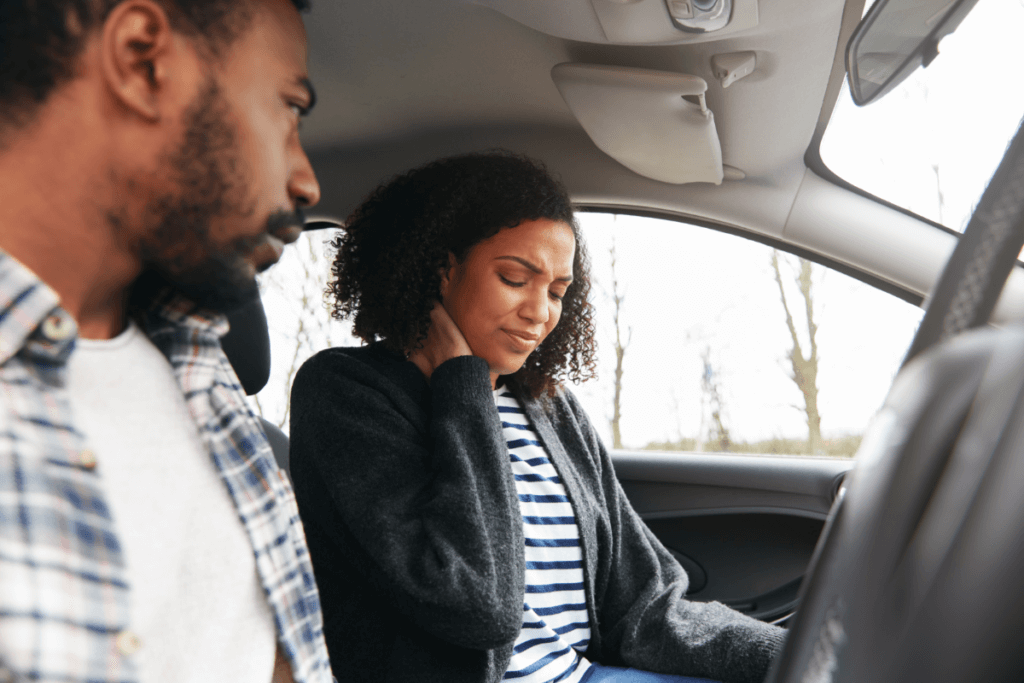
Car accidents are an unfortunately common occurrence and can result in a wide range of injuries. Many people wonder if they should go to the hospital after a car accident. While you may feel fine, some car accident injuries are not immediately noticeable. Understanding the common types of car accident…
Read More
Accident victims often feel confused, frustrated, and anxious after suffering car accident injuries. However, the majority of accident victims need to go to the hospital after being involved in a car accident. Ideally, you should go to the hospital from the accident scene so you can be assessed, diagnosed, and…
Read More
1. A Lawyer Will Conduct an Investigation of Facts and Collection of Evidence All car accident lawsuits lawsuits are fact-specific. A car accident attorney must collect relevant documentation of the accident, pursue critical witnesses, and statements about the crash. This information will help your attorney determine who was at fault…
Read More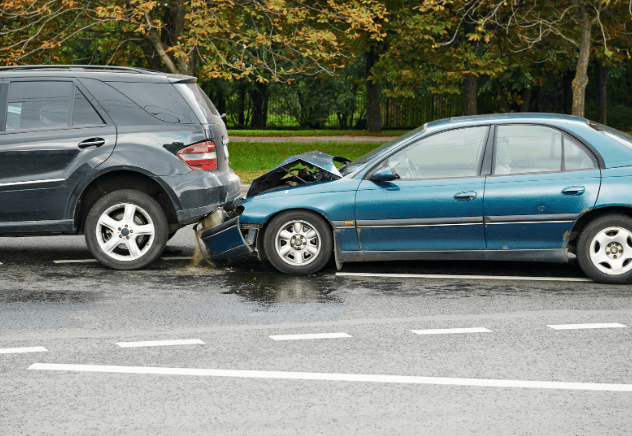
Tailgating and brake checking are two dangerous driving acts that cause rear end collisions, and serious car accident injuries. In Texas, where high-speed highways are common, the results of tailgating and brake checking often lead to fatal car accidents. What is Tailgating? Tailgating in driving, is when a driver follows…
Read More
Wrongful death lawsuit involving a DUI car accident.
Read More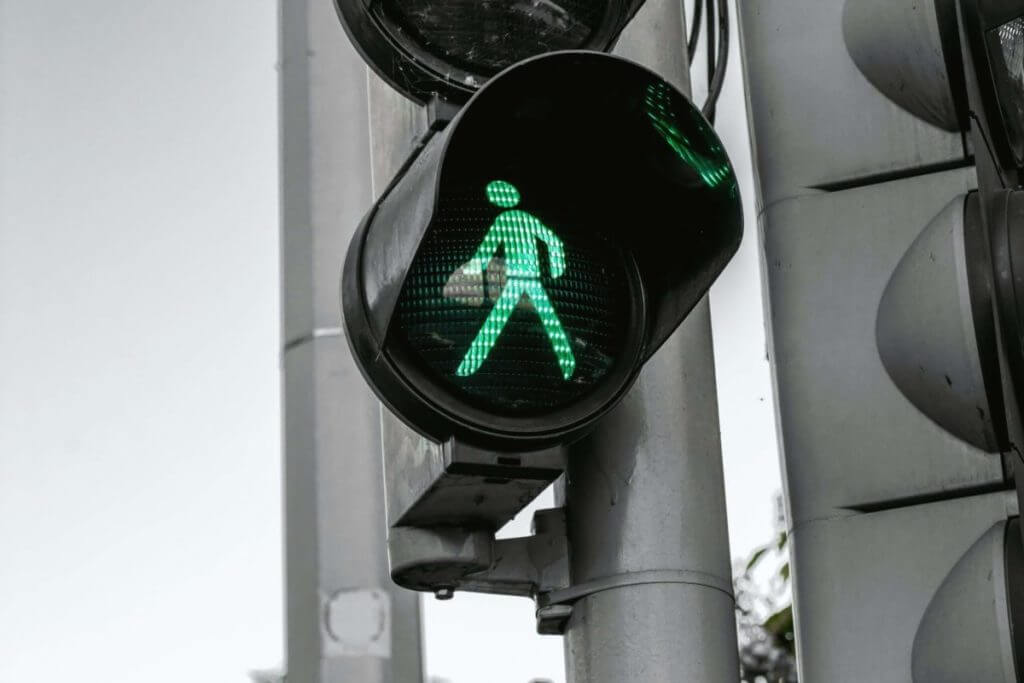
In order for a driver to know who has the right of way, they must first know what is the right of way? The phrase “yield the right-of-way” refers to how a driver yields or “gives up” their “turn” (typically at an intersection) to another driver, pedestrian, or cyclist. As…
Read More
Dram Shop Wrongful Death in Harris County
Read More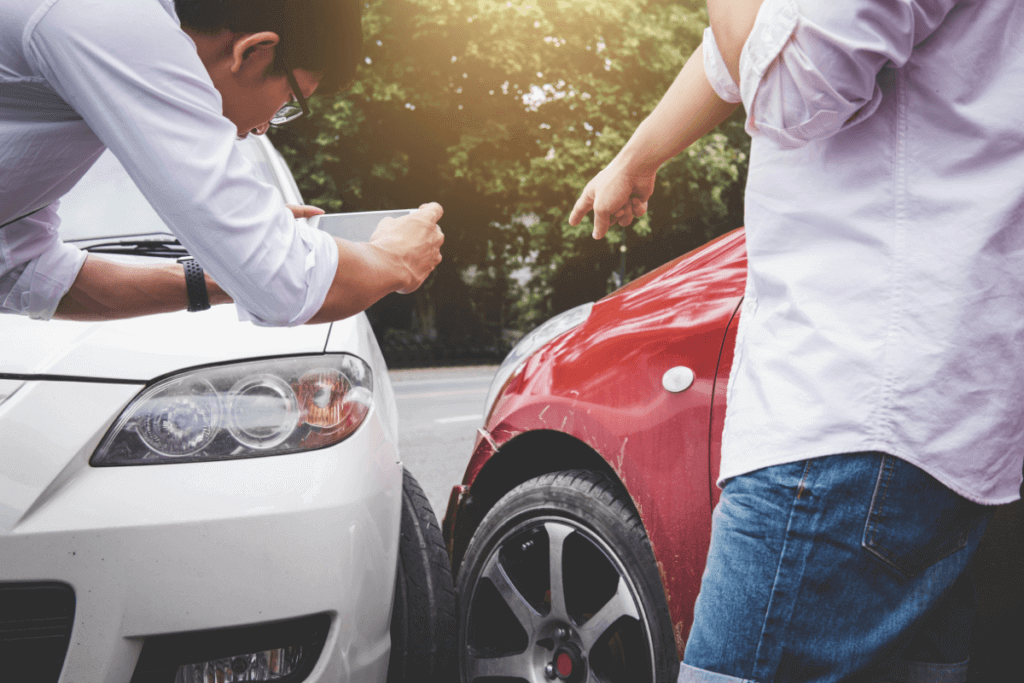
Who hit who in a car accident is one of the most crucial first questions that must be answered in resolving a car wreck. Sometimes it can be extremely difficult to tell who is at fault for causing a collision—especially in accidents that involve numerous vehicles. While an accident reconstruction…
Read More
1. Do Not Leave the Scene. Never leave the scene of a car accident. If you can move your vehicle to a safe area off the main road, do so, but do not leave the scene of the accident before a police officer has arrived to write a report. 2….
Read More
